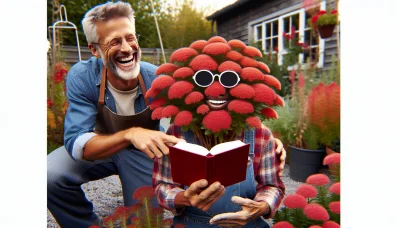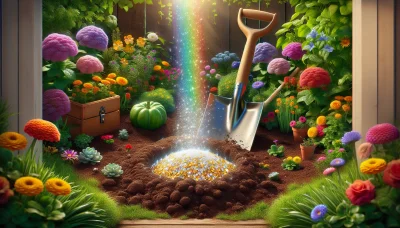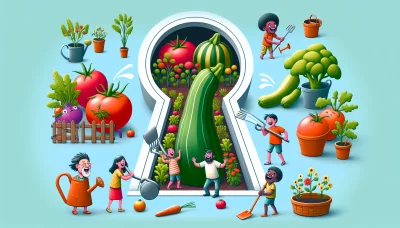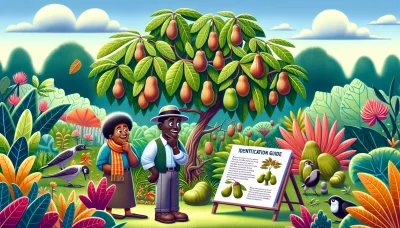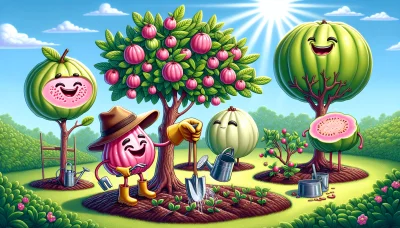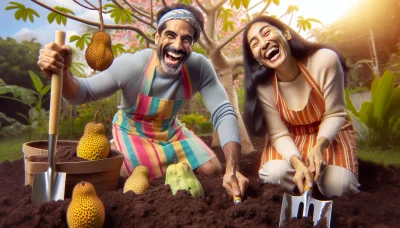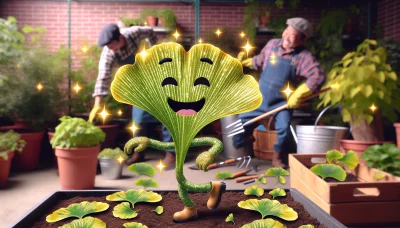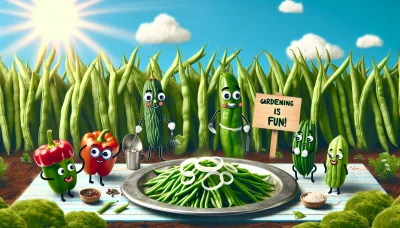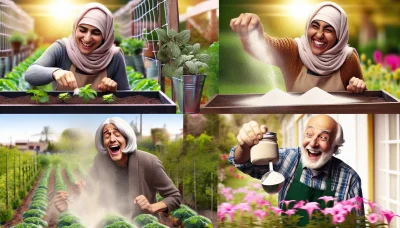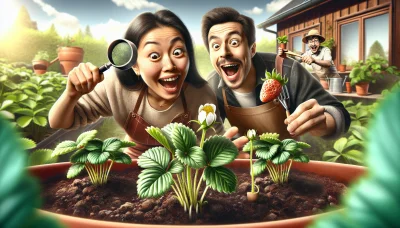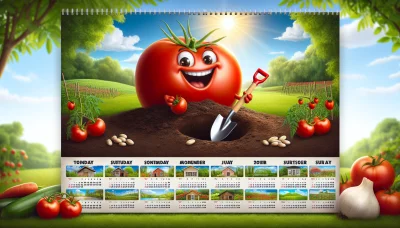Salvia for sale Quiz
Test Your Knowledge
Question of
Introduction to Salvia
Salvia, commonly known as sage, is a diverse genus of plants that boasts over 900 species. It is renowned for its vibrant flowers and aromatic leaves, making it a popular choice among gardeners and landscapers. Salvia species vary widely, from annual and perennial herbs to shrubs, showcasing a spectrum of colors including blue, pink, red, and white. Beyond its aesthetic appeal, Salvia is celebrated for its drought resistance and ability to attract pollinators like bees and hummingbirds, contributing to the ecological health of gardens. Its versatility and low maintenance requirements make it an essential component of sustainable and wildlife-friendly gardening practices.
Types of Salvia for Sale
- Salvia officinalis (Common Sage)
- Salvia splendens (Scarlet Sage)
- Salvia apiana (White Sage)
- Salvia divinorum (Diviner's Sage)
- Salvia hispanica (Chia)
- Salvia nemorosa (Woodland Sage)
- Salvia sclarea (Clary Sage)
- Salvia guaranitica (Blue Anise Sage)
- Salvia microphylla (Blackcurrant Sage)
- Salvia miltiorrhiza (Red Sage or Dan Shen)
How to Grow Salvia
Salvia, with its vibrant blooms and aromatic leaves, is a favorite among gardeners. To grow Salvia successfully, follow these simple steps:
Step 1: Choose the Right Variety
Salvia comes in annual, perennial, and shrub varieties. Select one that suits your climate and garden space. Perennial varieties like Salvia nemorosa are popular for their hardiness and long bloom time.
Step 2: Planting
Plant Salvia in the spring after the last frost. Choose a spot with well-draining soil and full sun. Salvia thrives in locations that receive at least 6 hours of sunlight daily. Space plants according to the variety's size at maturity, generally about 18 to 24 inches apart.
Step 3: Soil and Watering
Salvia prefers well-drained soil with a neutral to slightly acidic pH. Amend heavy clay soils with compost to improve drainage. Water newly planted Salvias regularly to establish roots, then reduce frequency. Established plants are drought-tolerant, requiring water only during prolonged dry spells.
Step 4: Maintenance
Apply a balanced, slow-release fertilizer in the spring. Deadhead spent blooms to encourage continuous flowering. For perennial varieties, cut back in late fall or early spring to promote healthy growth and prevent disease.
Step 5: Pest and Disease Management
Salvia is relatively disease and pest-resistant. However, watch for common garden pests such as aphids and whiteflies. Treat infestations promptly with insecticidal soap or neem oil. Prevent fungal diseases by ensuring good air circulation around plants and avoiding overhead watering.
By following these steps, you can enjoy the beautiful blooms and fragrant foliage of Salvia in your garden season after season.
Caring for Your Salvia Plants
Salvia plants, known for their vibrant flowers and aromatic leaves, are a delightful addition to any garden. To ensure they thrive, it's essential to provide them with the right care. Here are some tips on watering, sunlight requirements, and soil conditions that will help your Salvia plants grow healthy and strong.
Watering
Watering is crucial for Salvia plants, but it's important to avoid overwatering. These plants prefer the soil to dry out slightly between watering sessions. During the growing season, water them deeply once a week, ensuring the soil is moist but not waterlogged. In cooler months, reduce the frequency to prevent root rot. A good rule of thumb is to check the top inch of soil; if it's dry, it's time to water your plants.
Sunlight Requirements
Salvia plants flourish in full sunlight. They need at least 6 to 8 hours of direct sunlight daily to produce their vibrant flowers. If you're growing Salvia in a region with very hot summers, some afternoon shade can help protect the plants from excessive heat stress. However, too much shade can lead to sparse blooms and leggy growth, so aim for the right balance to keep your plants happy and healthy.
Soil Conditions
The right soil conditions are essential for the growth of Salvia plants. They thrive in well-draining soil with a neutral to slightly acidic pH. Before planting, enrich your garden soil with compost to improve drainage and nutrient content. If you're dealing with heavy clay soil, consider raising the beds or adding sand and organic matter to enhance drainage. Regularly check the soil pH and adjust it if necessary to ensure your Salvia plants have the perfect growing environment.
Benefits of Growing Salvia
Salvia, a diverse genus of plants, is not only visually stunning but also offers numerous benefits for your garden and well-being. Incorporating Salvia into your garden can transform it into a vibrant and beneficial space.
Aesthetic Benefits: Salvia plants are known for their striking colors and varied forms, ranging from deep blues to vibrant reds. They can add a splash of color to any garden, creating a visually appealing landscape. Their continuous blooming cycle ensures your garden remains colorful and dynamic throughout the growing season. Moreover, Salvia's unique foliage and flower shapes can add texture and depth to your garden design, making it a focal point of aesthetic intrigue.
Ecological Benefits: Salvia plays a crucial role in supporting local ecosystems. These plants are highly attractive to pollinators such as bees, butterflies, and hummingbirds, helping to promote biodiversity in your garden. By planting Salvia, you're contributing to the conservation of these vital pollinators, which are essential for the pollination of many other plants, ensuring a healthy and thriving garden ecosystem. Additionally, Salvia is known for its drought resistance, making it an excellent choice for sustainable landscaping practices that aim to conserve water.
Health Benefits: Beyond their aesthetic and ecological contributions, Salvias also offer health benefits. Many species of Salvia are known for their medicinal properties, used in traditional herbal remedies to treat a variety of ailments. The presence of Salvia in your garden can provide you with a natural and accessible source of healing herbs. Furthermore, the act of gardening itself, especially with plants like Salvia that require minimal care, can reduce stress and promote physical activity, contributing to overall well-being.
Where to Buy Salvia
| Nursery/Store | Types of Salvia | Contact Information |
|---|---|---|
| Green Thumb Nursery | Salvia Divinorum, Salvia Nemorosa | Visit our website for more info |
| Botanic Wonders | Salvia Apiana, Salvia Greggii | Visit our website for more info |
| Plant World Seeds | Salvia Hispanica, Salvia Splendens | Visit our website for more info |

